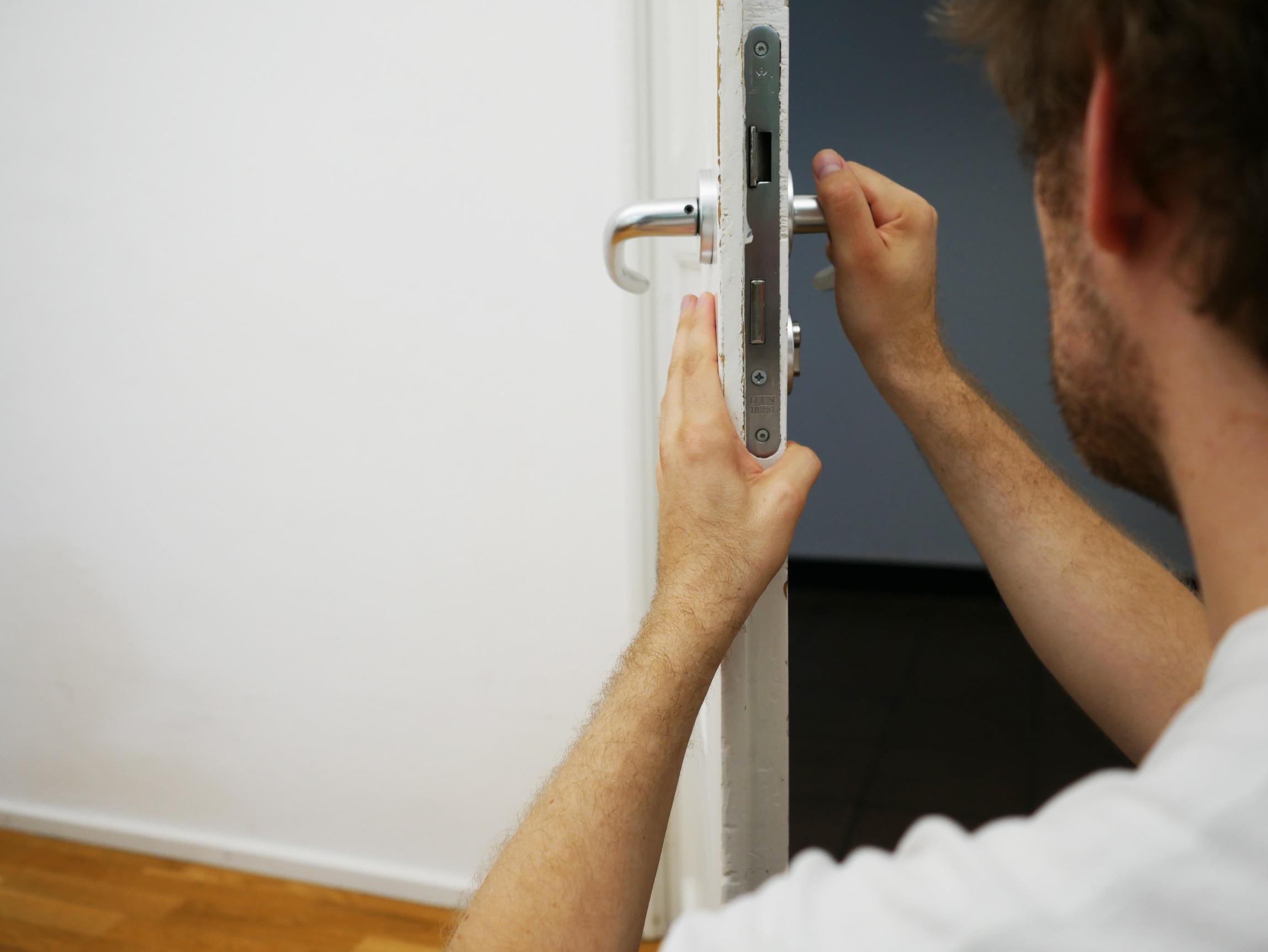
The landlord's responsibility for safety and escape routes
If the residence does not have an escape route, it may constitute a defect. The tenant will normally be able to demand corrections or extraordinary termination ...

Temaer i denne artikkelen
Moving in
If the tenant discovers faults or defects with the residence after it being made available to him, he must notify the landlord. Notifying the landlord about a faults or defects means to make a complaint to the landlord.
The tenant must make a complaint within reasonable time, usually within 14 days.
The complaint should be in writing, and must include what you are making a complaint of, and that the tenant requires the defect repaired. The tenant must give the complaint in a reasonable way, and secure evidence that it has been sent.
If the landlord does not make the necessary repairs within a reasonable time, the tenant may consider claiming a rent reduction or compensation. If the defect is serious, the tenant may consider termination with immediate effect
If the tenant does not make a complaint, or makes a complaint too late, he can lose his right to claim anything.
The Tenancy Act section 2-1 (Norwegian) Read more about termination with immediate effect
If the residence does not have an escape route, it may constitute a defect. The tenant will normally be able to demand corrections or extraordinary termination ...

The landlord and tenant should go through the residence together both when the tenant is moving in and moving out, and fill out a protocol.
We use cookies to improve your online experience. By clicking, you agree that we can store your data.
Read more in our privacy policy.